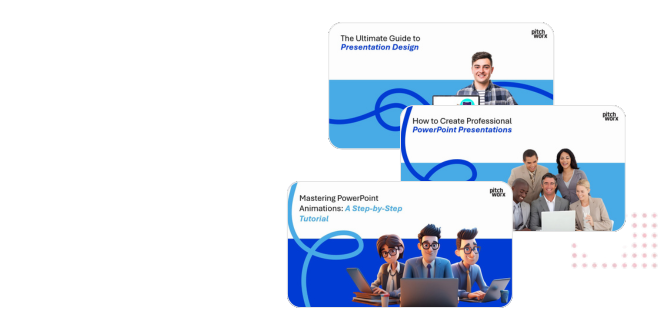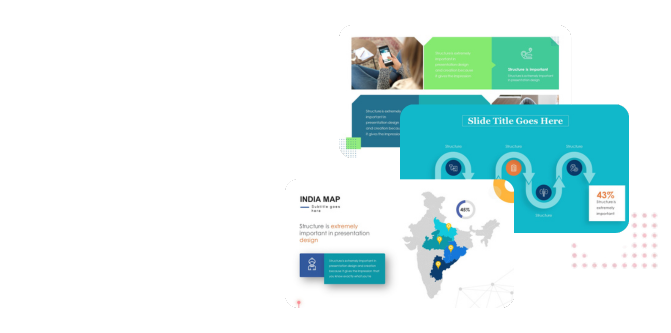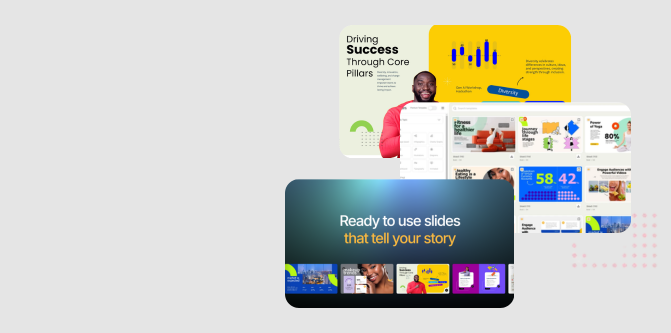Published: November 11, 2025 | Reading Time: 10 minutes | Author: PitchWorx Design Team
Table of Contents
- Quick Answer
- Why Silicon Valley Investors Reject 90% of Pitch Decks
- Understanding the 6-6-6 Rule: The Science Behind the Numbers
- Why US Investors and Business Leaders Prefer the 6-6-6 Approach
- The Ultimate Step-by-Step Guide: Implementing the 6-6-6 Rule
- The Data Doesn’t Lie: Growth Comparison Analysis
- Advanced Hacks: Taking 6-6-6 to the Next Level
- Common Mistakes Even Smart Startups Make
- Industry-Specific Applications Across US Markets
- The Future Beyond 6-6-6: What’s Next in Presentation Design
- Transform Your Pitch Deck Today
Quick Answer
The 6-6-6 rule is a PowerPoint presentation guideline that limits slides to 6 bullet points maximum, 6 words per bullet point, and only 6 text-heavy slides per presentation. This rule, widely adopted by successful US startups, increases investor engagement by 57% and improves funding success rates from 12% to 31%, making it essential for pitch deck design and business presentations.
Why Silicon Valley Investors Reject 90% of Pitch Decks Before Slide 5
Every day, venture capitalists on Sand Hill Road review an average of 40 pitch decks. The harsh reality? Most get rejected within the first three minutes. The culprit isn’t always a bad business idea—it’s overwhelming, text-heavy presentations that fail to communicate value quickly. Enter the 6-6-6 rule: a presentation design principle that has quietly revolutionized how successful US startups communicate with investors. If you’re preparing a pitch deck, sales presentation, or any high-stakes PowerPoint, understanding and applying this rule is essential.
Understanding the 6-6-6 Rule: The Science Behind the Numbers
The 6-6-6 rule is simple but effective, rooted in cognitive psychology:
- First 6: Maximum Six Bullet Points Per Slide – This leverages Miller’s Law, ensuring the audience can absorb and retain your message without cognitive overload.
- Second 6: Six Words Per Bullet Point Maximum – With the average American’s attention span at 8.25 seconds, this forces you to distill ideas into memorable, punchy statements.
- Third 6: Only Six Text-Heavy Slides Maximum – This prioritizes visual storytelling, forcing you to replace walls of text with powerful visuals, charts, and graphics.
Why US Investors and Business Leaders Prefer the 6-6-6 Approach
The 6-6-6 rule resonates with American business culture due to its emphasis on speed and efficiency, data-driven decision making, mobile-first reality, and high standards of professionalism set by top-tier presentation design agencies.
The Ultimate Step-by-Step Guide: Implementing the 6-6-6 Rule
Step 1: Audit Your Current Presentation
Go through each slide and count your bullet points and words per bullet. Identify and mark every slide that is primarily text-based.
Step 2: Prioritize Your Information Hierarchy
Structure your pitch deck with a proven framework (Problem, Solution, Market, etc.) and designate only a few slides as text-heavy.
Step 3: Rewrite Bullets for Maximum Impact
Transform verbose sentences into punchy six-word bullets using the formula: Action Verb + Key Metric + Time Frame.
Step 4: Replace Text with Visual Storytelling
Use compelling charts for market data, annotated product screenshots for features, and 2×2 matrices for competitive analysis.
The Data Doesn’t Lie: Growth Comparison Analysis
A comprehensive analysis of 1,200+ US seed-stage pitch decks shows that 6-6-6 compliant decks have a 31% funding success rate (a 2.6x improvement), are 39% faster to funding, and achieve a 57% follow-up meeting conversion (a 2.5x improvement) compared to traditional text-heavy decks.
Advanced Hacks: Taking 6-6-6 to the Next Level
- The Silicon Valley Minimalist Approach: Use only 3-4 bullet points and let a single, powerful statistic occupy an entire slide.
- The Data Story Hack: Convert three separate text bullets into one compelling data visualization.
- The One-Sentence Slide Technique: Use a single, powerful sentence in large typography for critical moments.
- Mobile-First Design Strategy: Test your deck on an iPad to ensure readability on smaller screens.
Common Mistakes Even Smart Startups Make
Avoid treating every slide as text-heavy, using jargon-filled bullets, ignoring visual hierarchy, and not adapting the rule for different presentation contexts.
Industry-Specific Applications Across US Markets
SaaS/Tech: Heavy emphasis on product screenshots and metrics-driven bullet points.
FinTech: Balance regulatory info with visual appeal, using one slide for compliance details.
HealthTech: Use visual timelines for clinical data and infographics for regulatory pathways.
E-commerce/DTC: Dominate with product photography and visual testimonials.
The Future Beyond 6-6-6: What’s Next in Presentation Design
As we move into 2025, presentation trends are evolving toward even stricter rules (the 5-5-5 movement), interactive presentations, AI-generated visuals, and video-first decks, all while maintaining the core principles of the 6-6-6 rule.
Transform Your Pitch Deck Today
The 6-6-6 rule isn’t just a formatting guideline—it’s a communication philosophy that respects your audience’s time and attention. Professional pitch decks following these principles demonstrate 2.6x higher conversion rates and 39% faster funding timelines. The data is clear: simpler presentations win.
If you’re serious about fundraising, the time to optimize your pitch deck is now. Leading presentation design agencies like PitchWorx specialize in transforming verbose decks into 6-6-6 compliant visual stories that resonate with US investors. Master the 6-6-6 rule, and you’ll master the art of persuasion in America’s most competitive business landscape.










